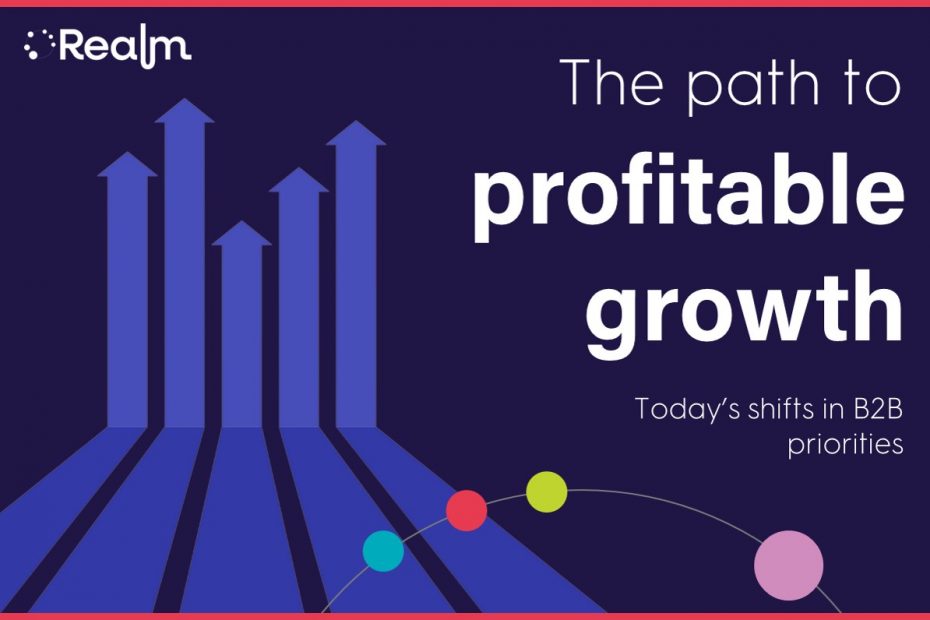Rising macro-economic headwinds
The global challenges we’ve had to deal with both personally and professionally over the last few years have been extraordinary. Covid, war and now recession have shifted how we live and do business all around the world. The great resignation (and some would argue great re-hire) is an indication of employees exhaustion with the daily grind, and all current market signals suggest that the macro-economic headwinds are going to continue on for the next few years. So buckle up B2B marketing friends, the ride isn’t over yet.
The fact that market indicators don’t look stable is of course a chief concern for the B2B audiences that we’re targeting with our advertising. Rising interest rates, a challenging inflation outlook and low confidence in high growth stocks are top of mind for company CEOs right now. In these rapidly changing market conditions business leaders are thinking about how to balance risk and reward. Most know that recessions have built great businesses in the past, but it’s the brands with the most customers at the end of it that will win.
B2B Technology and Finance sectors aren’t immune
The largest B2B industries are of course Technology and Financial Services. Traditionally they are more protected during a downturn, however analysts suggest it won’t be long before these sectors start to feel the bite. According to a KPMG US Report, deal making in Financial Services declined in the second quarter of this year. Deal volume fell 30.9% to 1,442 from 2,087 the previous quarter, and deal value dropped 14.8% to $163bn from $191bn.
Pricing in various industries is becoming more difficult, with a rapid decline in valuations for Fintech, Digital and Crypto which is down over 65%.
Software too is facing a more competitive reality. The growth of subscription ecommerce and OTT is faltering for the first time since the unprecedented growth during the pandemic. Many analysts are seeing this consumer churn as a warning sign for B2B, where customer loss and downgrades becomes a threat to meaningful growth. Profitwell have completed research suggesting that while B2B SaaS revenue might have more than tripled over the last 2 years, churn is up, sales are stagnating and MoM growth rates are starting to slow down.
Brands are refocusing to Profitable Growth
Going into 2023, B2B leadership on all sides are doubling down on profitability. Brands looking for outside investment are adjusting their business models to account for new investor reward functions. Not long ago the environment used to reward fast growth, but now net income and cash in the bank are important indicators of brands that are stable enough to sail through the coming months or years.
What are B2B leaders doing about it?
Companies are doing the same things that consumers are. The first logical exercise is to go through their P&L with a fine tooth comb and implement fast solutions that drive commercial efficiency. In the same way consumers are assessing their energy providers and insurance quotes, boards are auditing all expenses that aren’t crucial to the success of their business. This includes downgrading or terminating SaaS contracts and pausing non-core projects.
Next they need to do whatever they can to keep their customer base stable and engaged. Churn is one of the biggest threats to growth, and we’ve all heard the adage that it’s cheaper to keep a customer than it is to find a new one. Brands must make their existing customers as profitable as possible, whether that’s through cross-sell and upsell programs or creating add-on services that raise overall prices.
Customer segmentation, be it for organic or paid promotions, is back under the microscope. In times of uncertainty different industries are struck disproportionally. For example we will see non-vital services, luxuries and subscription services face more of a challenge now, in the same way we saw the hospitality sector suffer more under Covid. In addition, Brands will localize to stronger global economies and begin to cut offers and discounts post the trial phase.
What does this mean for B2B Marketing?
This new business leadership challenge directly impacts the role of the CMO and their marketing teams. Marketing budgets are unfortunately all too easy to diminish. They are discretionary and easy to control, whereas cutting items like salaries and staff is far more complicated for a myriad of reasons.
Impact, relevance and efficiency should be at the center of all strategic briefs. After all, if business leadership can’t see the value that marketing brings then it is too easy to cut off. This would be to the detriment of B2B brands where investing in advertising to current and future customers will be pivotal for company growth during this time.
This means that brands are looking to re-assess their goals and KPI models moving forward. Many need to better assess the impact of their campaigns across the buyer journey. In some cases this means looking honestly at historic vanity metrics and having a candid assessment of what’s set up to measure impact on a business level and what just isn’t.
In the outside world audience behaviors are shifting, with increased reliance on networks, community and trusted unaided awareness. Buyers are also consuming far more content before making a purchase decision which is slowing down deal velocity. B2B marketers must get ahead of this and communicate with prospective buyers with more cohesive conversational mediums to push past MQL and drive growth.
Talk to us
Here at Realm we’re working with our clients to address these challenges head-on. This means maximising the efficiency and volume of B2B marketing budgets and increasing the effectiveness of media dollars in market. We’ll chat candidly about the global trends that we’re seeing and how to best align test campaigns for profitable growth. After all, on the path to profitability every marketing dollar is precious. Every single one.
hello@realmb2b.com

